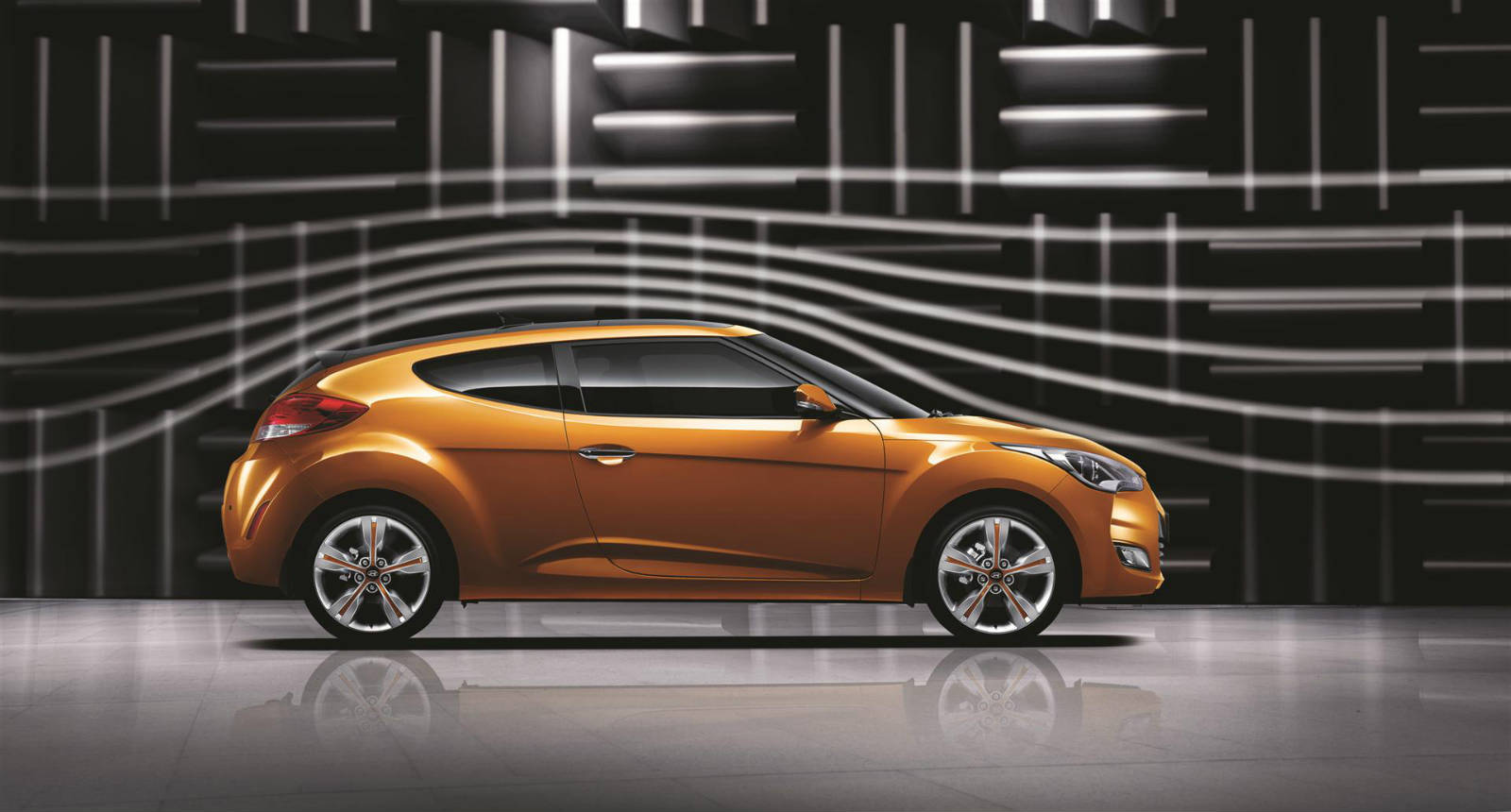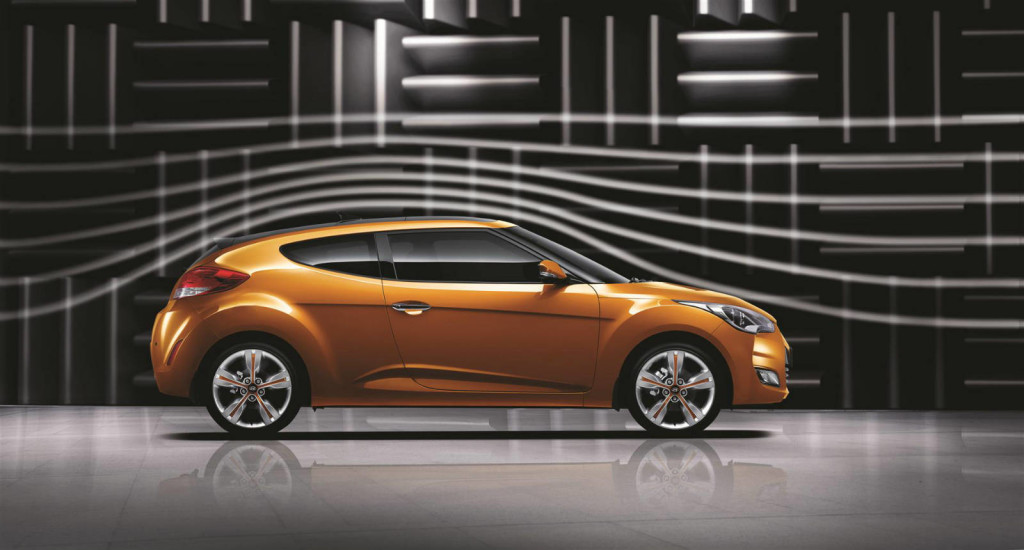The Aerodynamics of Today’s Cars

Automotive engineers have used aerodynamic designs for years to improve automotive performance. Today, a second factor comes into play: fuel efficiency. In order to meet the federal CAFÉ (Corporate Average Fuel Economy) standards of today and tomorrow, the automobile manufacturers are using every tool they have in their design arsenal. Much of this is engine and transmission related but aerodynamics is now playing a major part in the design process.
How airflow works
The first automobiles were fashioned after contemporary horse-drawn buggies. These vehicles were box shaped because aerodynamics did not come into play. But when vehicles started to go faster, it was discovered that a car is using more than half its power just to overcome the aerodynamic drag of square shapes. In the 1930s, Chrysler Corporation was the first company to experiment with aerodynamic styling with their famous AirFlow models.
Slippery bodies
Up until now, designers and engineers have mainly concentrated on visible surfaces, giving us car designs that are attractive and streamlined. However, car shapes have changed as theories evolved about how best to manage airflow. Now other car surfaces have come into play, such as the undercarriage.
Surfaces you can’t see
The new focus is under the car. Like an airplane, the underside of an automobile is as important to its passage through the air as the top and sides. The problem in the past has been that panels mounted underneath were cumbersome and just didn’t interest customers. With the increased emphasis on fuel efficiency, though, carmakers are putting a great deal more emphasis on underside airflow panels. The folks at Bosak Honda in Michigan City, IN, a full service Honda dealer, say that Honda, in particular, takes undercarriage aerodynamics especially seriously due to the high efficiency nature of the marque.
It’s all about Cd
Engineers measure how slippery an object is with a variable called “coefficient of drag,” or Cd. The lower the Cd number the better. A couple of examples will help you understand the scale of Cd measurements. An ordinary brick comes in with a Cd of about 2.0. An boxy Honda Element has 0.70 Cd. Most cars crossovers and sedans these days have a Cd that ranges between 0.30 and 0.35. The Chevy Volt plug-in hybrid has a Cd of 0.28 and the 2013 Toyota Prius claims a 0.26 Cd.
Expect iterative changes
Still, the basic shape of a car or truck is the most important factor in its aerodynamic performance. Don’t expect a great deal of change in that department because most of today’s automobiles have low Cd designs already. Engineers say that you can expect a lot of the aerodynamic work of the future under automobiles. They say it is possible to improve gas mileage as much as 10%-12% by making the underside airflow more slippery. You can expect a lot of work in this area in coming model years.





